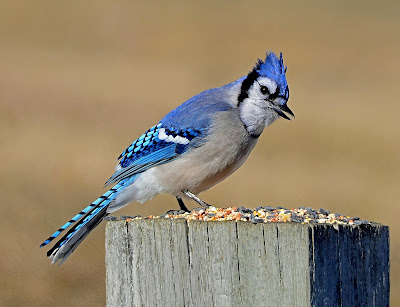Dogwhelks (Nucella lapillus)
- NATURE NEWS
Dogwhelks are worth getting to know
By Sue PikeOne of my favorite books to reference while exploring the New England coast is Deborah Coulombe’s “Seaside Naturalist.” It covers almost anything you are likely to encounter along the coast and is accompanied by great illustrations that help with identifying and understanding the nature of the organism in question. After an afternoon tide pooling on a recent beautiful sunny hot day I was idly leafing through her book, reading about some of the species I had encountered. What caught my eye was an exception to my usual unconditional love of her descriptions. I had lifted up some knotted wrack (that slippery, spaghetti-like seaweed that coats mid-intertidal rocks and is actually fun to slip around on—at least my kids think so) and uncovered a congregation of dogwhelks (a kind of snail) and masses of dogwhelk eggs. Here’s how Coulombe introduced this snail: “A slightly less spectacular northern snail is the Atlantic dogwhelk, Thais lapillus (its new name is Nucella lapillus), found by the thousands on intertidal rocks from Maine to Long Island.” While I love this book and highly recommend it, I do disagree with this somewhat less-than-exciting description of this truly remarkable snail. To be fair she was comparing it to the very cool lightening whelk, but still, dogwhelks are spectacular snails, ones that are well worth getting to know.
Most people who go to the beach in southern New England can recognize periwinkles, these are one of the most common intertidal snails. Most people who poke around in tide pools and can recognize periwinkles have probably also noticed a slimmer, oftentimes white or striped and more pointy snail - this is the dogwhelk (sometimes called a dogwinkle).
If the periwinkle, a grazer upon algae, is the cow of the intertidal, then the dog whelk is the wolf. Dogwhelks are carnivorous, predatory snails that prey mostly upon mussels and barnacles. Where periwinkles use their rasping tongue-like structures (the radula) to scrape up algae, dogwhelks use their radula in a more aggressive manner. Dogwhelks have both a radula and a mouth on an extendable proboscis. They feed by either forcing their proboscis between the plates of a barnacle or the shells of a bivalve and then rasping the flesh with their radula or they use their radula to drill a hole in the shell of their prey, insert the proboscis and begin to feed. They also release digestive enzymes into their prey (like a spider) and suck up the resulting soup. Pretty impressive for a “slightly less spectacular” snail.
The single species of dogwhelk, Nucella lapillus, comes in a remarkable variety of colors, shell thicknesses and, weirdly enough, numbers of chromosomes. The variability in color is based upon both diet and genetics. Dogwhelks that eat a lot of barnacles are generally white, dogwhelks that primarily eat mussels are dark brown. They can also have yellow, purple or striped shells.
The thickness of their shells varies with location. Dogwhelks that live on exposed shores with lots of wave action usually have thinner shells (probably because predator density is low so they don’t need to worry about predators, like crabs, being able to crush their shells) and a wide opening in their shell (the aperture) to allow for a larger foot, necessary for attachment to rocks in these rough conditions. On protected shores dogwhelk shells tend to be thicker due to the larger numbers of predatory crabs.
To have chromosome number vary within a species is unusual. According to the Marinebio Conservation Society “dogwhelks from different types of shores have different numbers of chromosomes, even though they are members of the same species, and can interbreed. Individuals in the same population have even been known to exhibit variation in chromosome number.” There is some evidence that these differences in chromosome number might be associated with wave action - but the reasons for this are still unclear.
My big unanswered question is - do they taste good? I’ve heard both that they are not edible and don’t taste good (because of the enzymes they use to dissolve their prey) and that they are edible and taste something like periwinkles. I suppose I will have to try some and find out.
Published in the following paper newspapers: York Weekly/York County Coast Star/Portsmouth Herald/Fosters Daily Democrat and online at seacoastonline.com




Comments
Post a Comment